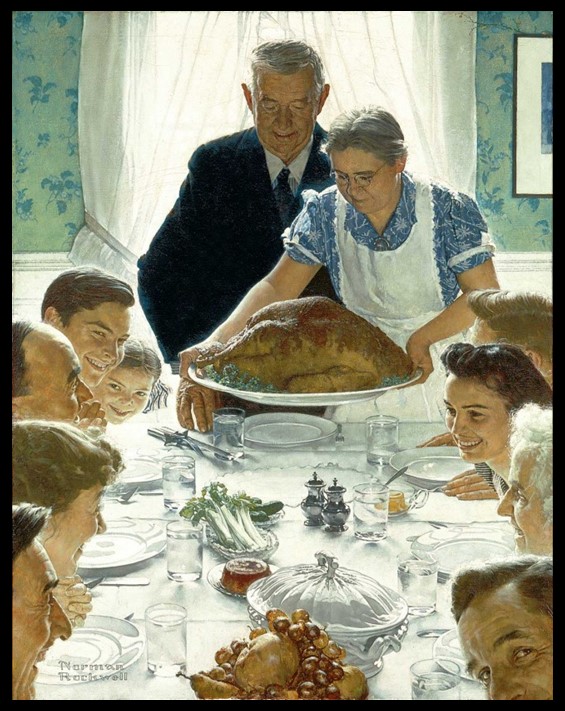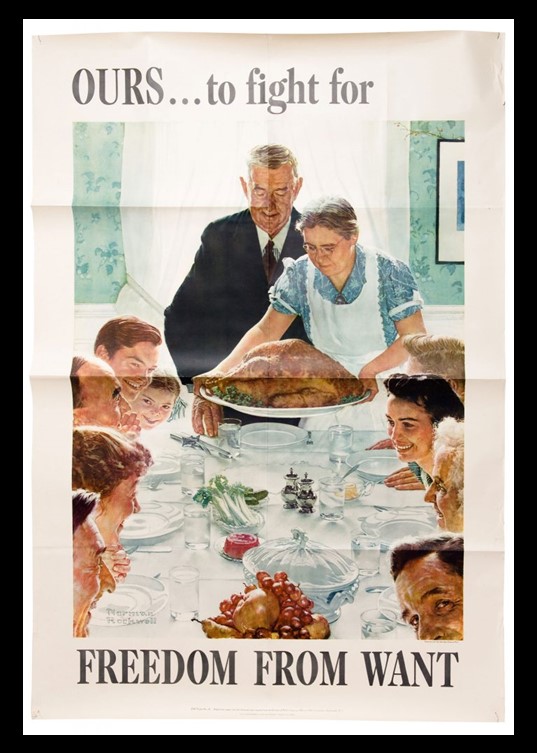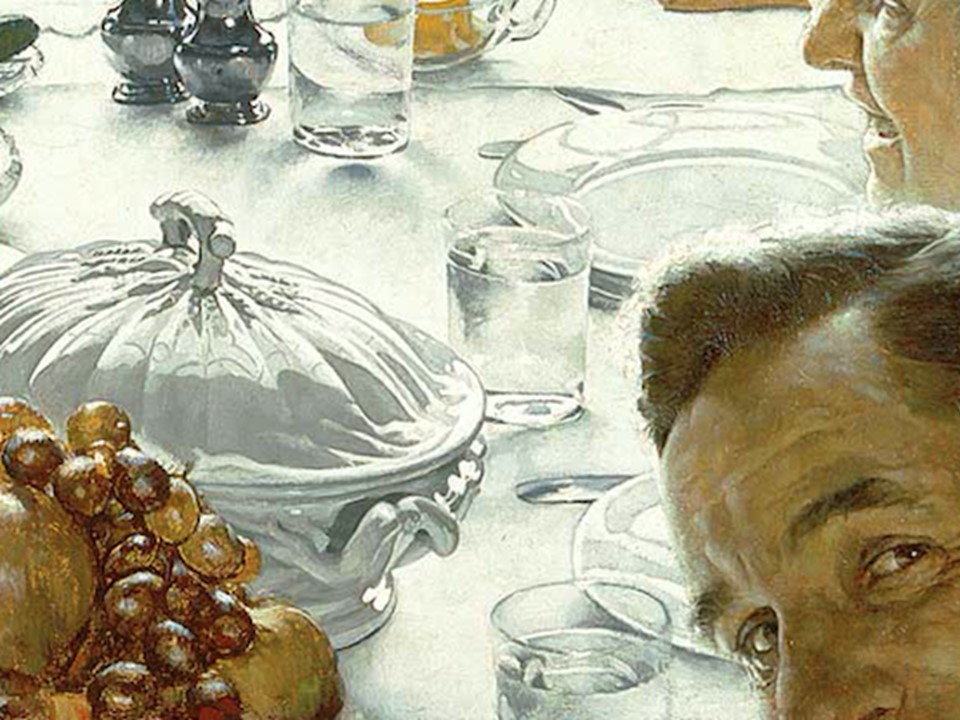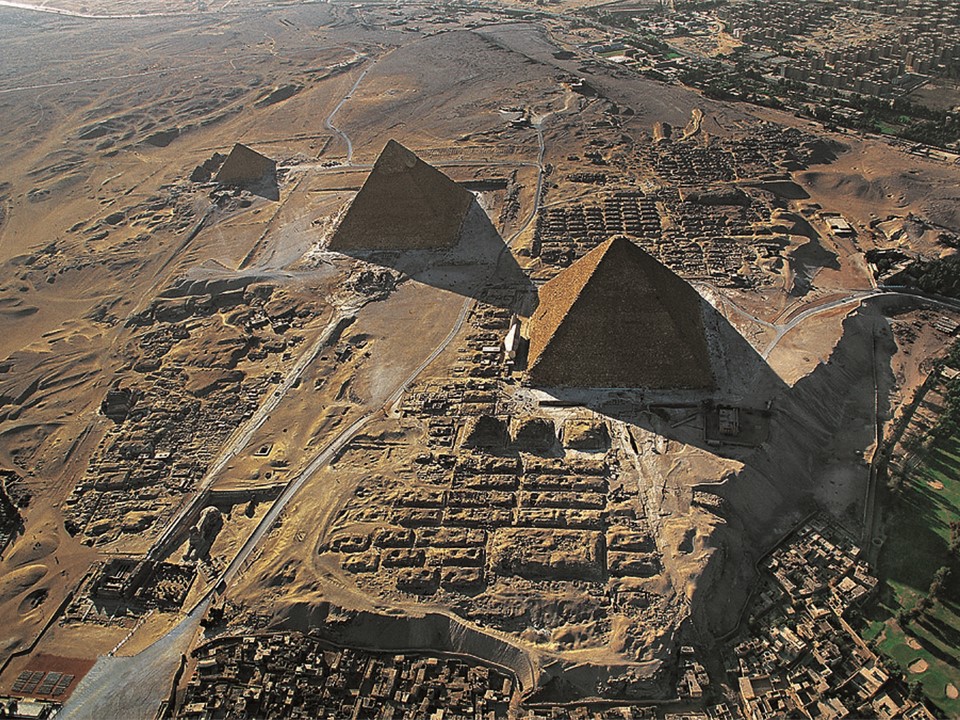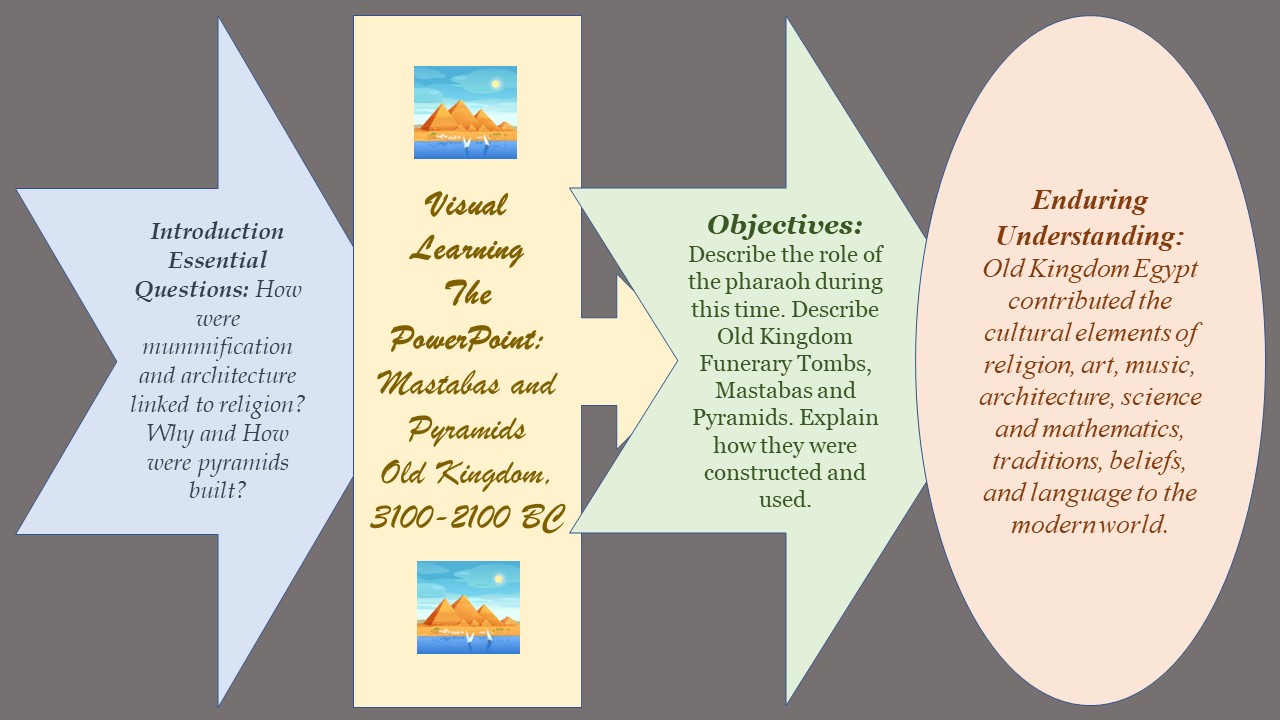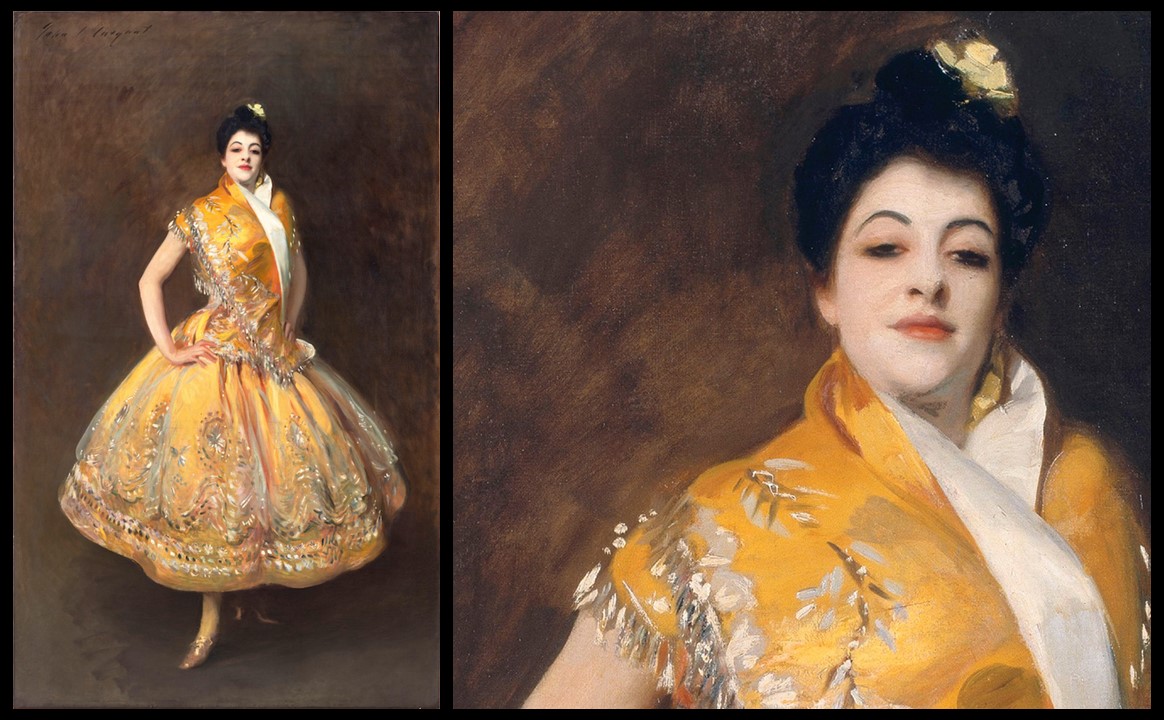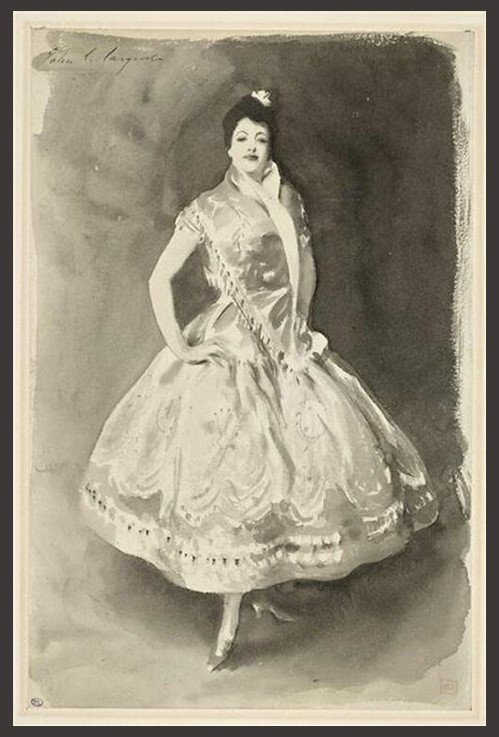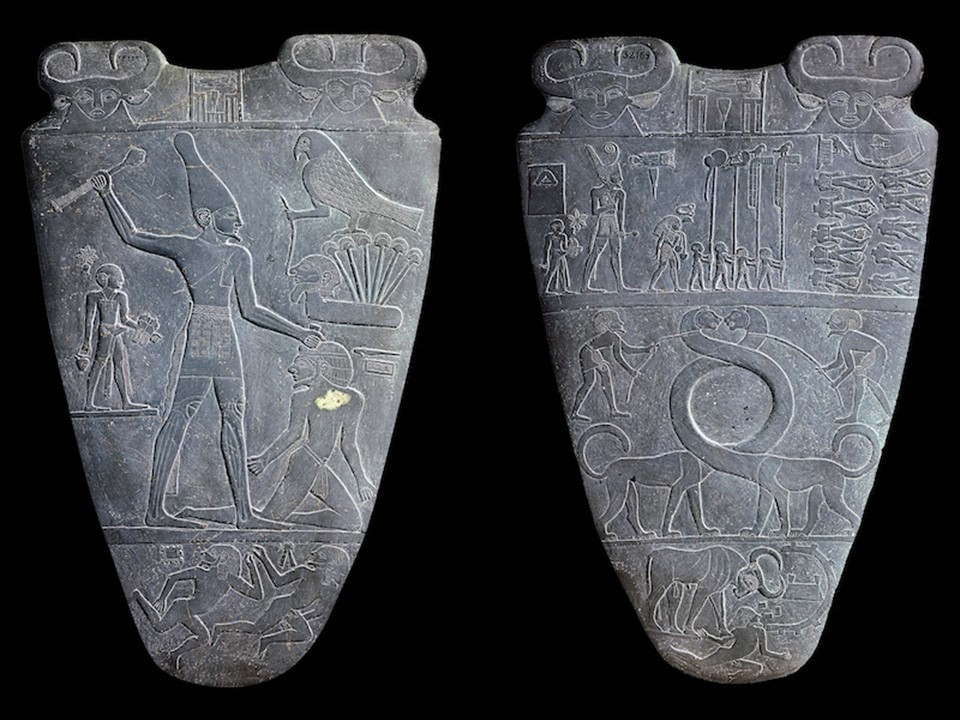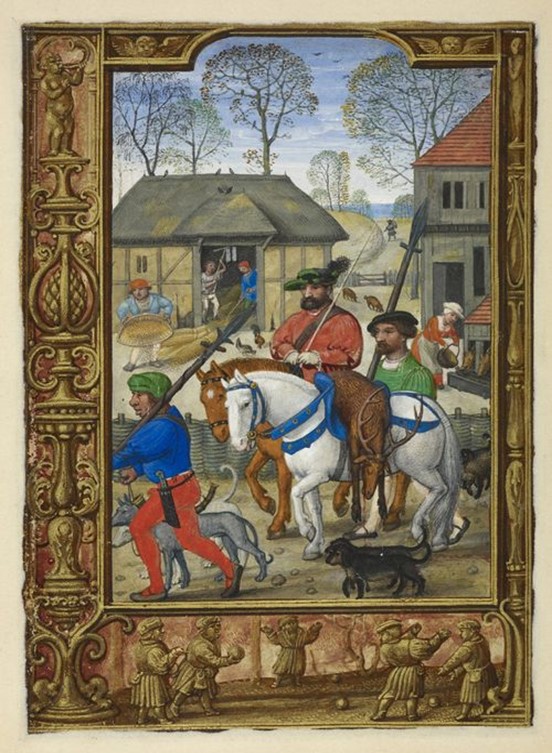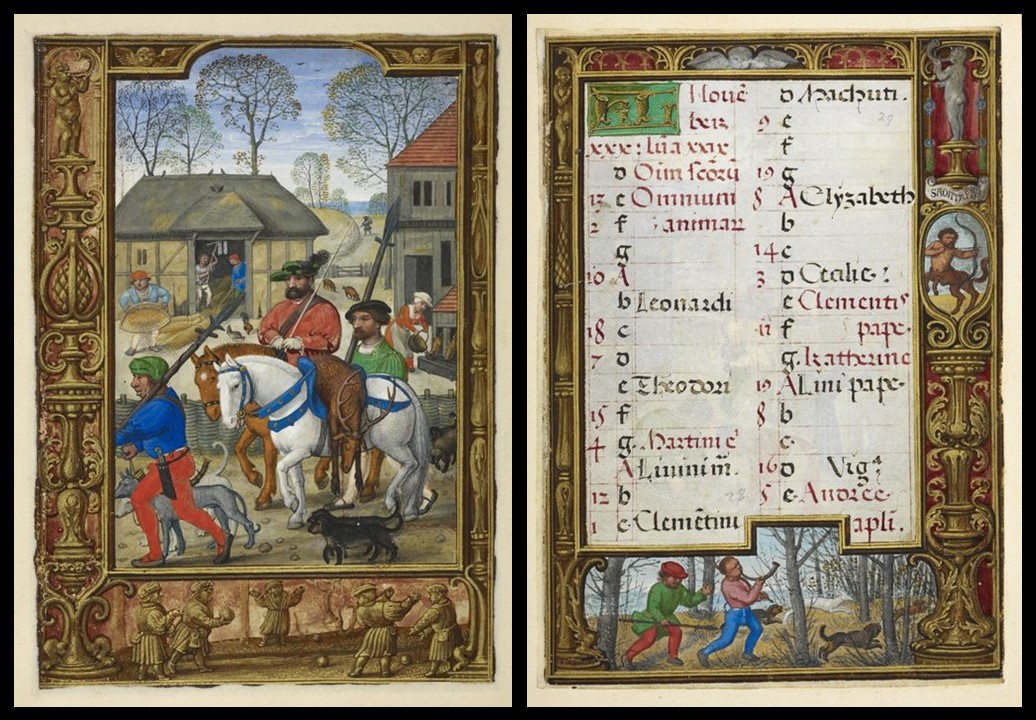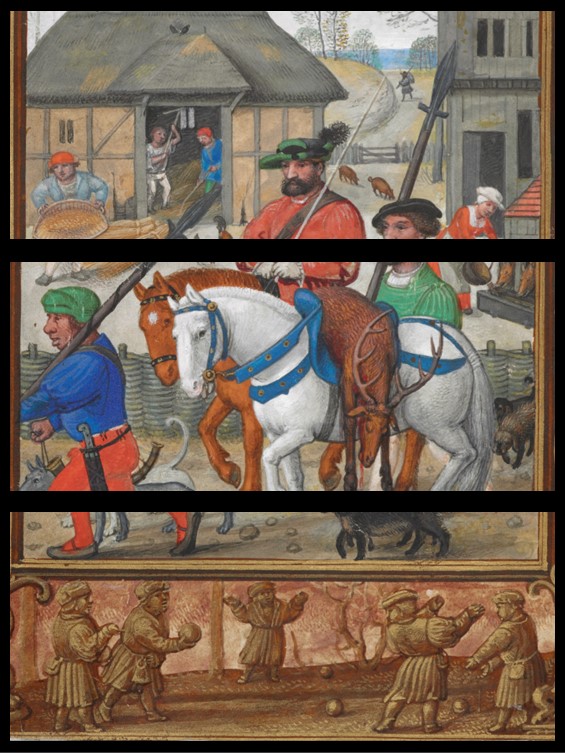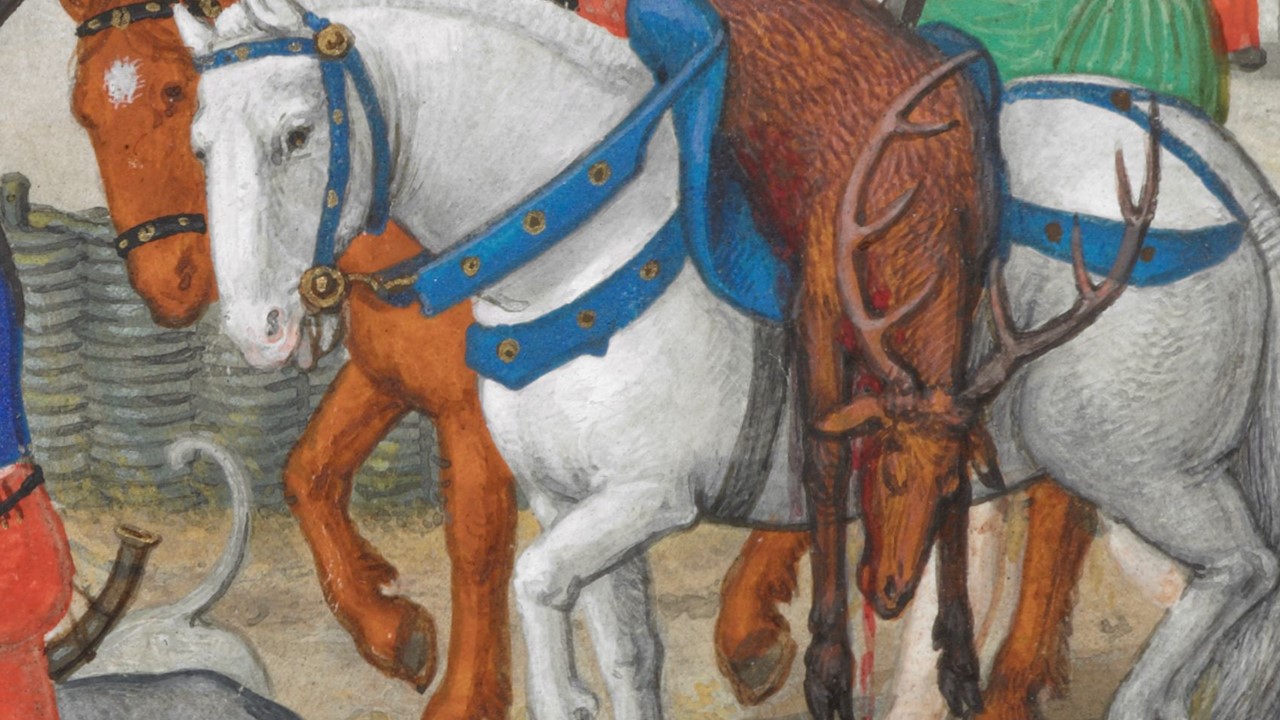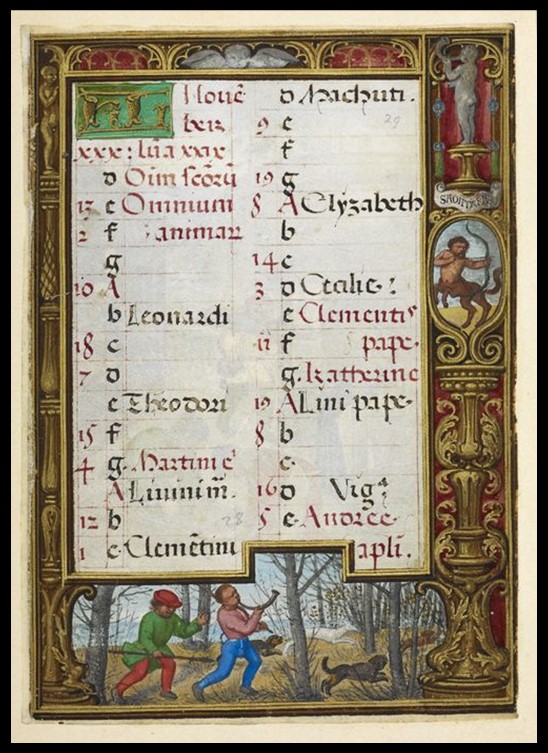
Book of Hours, known as the Golf Book December (f. 29v), c. 1540, 30 Parchment leaves on paper mounts, bound into a codex, 110 x 80 mm (text space: 85 x 60 mm), British Library, London, UK
https://blogs.bl.uk/digitisedmanuscripts/calendars/page/10/
Last, for December, houses on the plain, / Ground-floors to live in, logs heaped mountain-high, / And carpets stretched, and newest games to try, / And torches lit, and gifts from man to man / (Your host, a drunkard and a Catalan); / And whole dead pigs, and cunning cooks to ply / Each throat with tit-bits that shall satisfy; / And wine-butts of Saint Galganus’ brave span. / And be your coats well-lined and tightly bound, / And wrap yourselves in cloaks of strength and weight, / With gallant hoods to put your faces through. / And make your game of abject vagabond / Abandoned miserable reprobate / Misers; don’t let them have a chance with you. My new BLOG POST, Simon Bening’s December starts with a sonnet by Folgore Da San Geminiano (c. 1250-1317), translated by Dante Gabriel Rossetti in his book “Dante and His Circle,” (Roberts Brothers, Boston, 1893). http://www.sonnets.org/folgore.htm

Book of Hours, known as the Golf Book, December (f. 29v and f. 30r), c. 1540, 30 Parchment leaves on paper mounts, bound into a codex, 110 x 80 mm (text space: 85 x 60 mm), British Library, London, UK
http://www.bl.uk/manuscripts/Viewer.aspx?ref=add_ms_24098_fs001r
The 16th-century Book of Hours, known as the Golf Book, is a very unique and special manuscript in the Collection of the British Library. Unfortunately, the Golf Book is not, in its present state, a complete manuscript as most of the text is now missing. Thirty parchment leaves, however, remain, twenty-one pages of which, are full-page miniatures, in colours and gold, surrounded by a historiated border (12 pages are part of the Calendar section). The remaining forty pages feature historiated borders as well, that incorporate medallions, architectonic decoration, and cameos in grisaille and semi-grisaille. The text pages present large and small initials and line-fillers, in colours and gold. Simon Bening (d. 1561), with the assistance of his workshop, was the artist from Bruges responsible for this amazing manuscript. Bening’s accomplishments will feature in the Month of February Presentation. http://searcharchives.bl.uk/primo_library/libweb/action/dlDisplay.do?docId=IAMS032-002031376&fn=permalink&vid=IAMS_VU2
December is the Month to celebrate the Birth of Christ, it is also preparation time for the festivities that are about to begin! Simon Bening’s December (f. 29v) page introduces the viewer to a composition depicting the December Labours of the Month.
The painting’s December scene takes place in the courtyard of a country estate between two separate buildings. The estate, neatly fenced, extends to the hills in the background where two gentlemen with their huntsmen can be seen in the background setting off to hunt a stag being hounded in the top part by a pack of dogs. Further in the background, a church’s spire indicates the presence of a Flemish village. https://www.moleiro.com/en/books-of-hours/the-golf-book-book-of-hours/miniatura/167
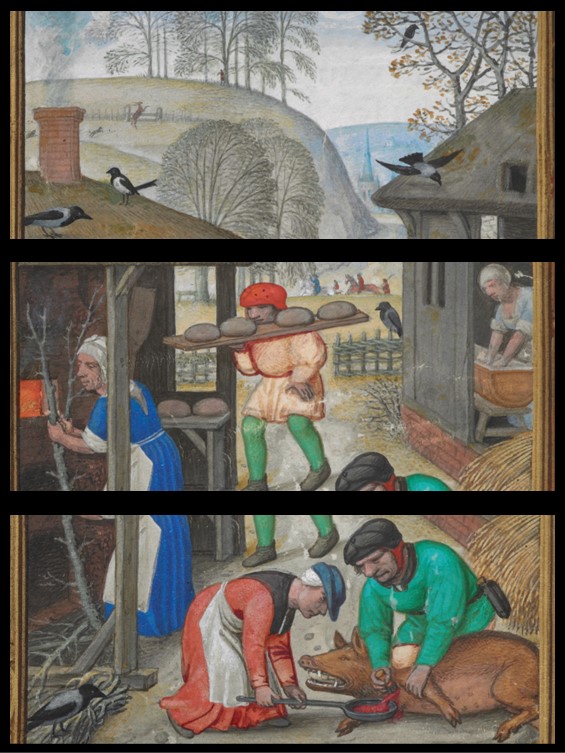
Book of Hours, known as the Golf Book, December (Details, f. 29v), c. 1540, 30 Parchment leaves on paper mounts, bound into a codex, 110 x 80 mm (text space: 85 x 60 mm), British Library, London, UK
http://www.bl.uk/manuscripts/Viewer.aspx?ref=add_ms_24098_fs001r
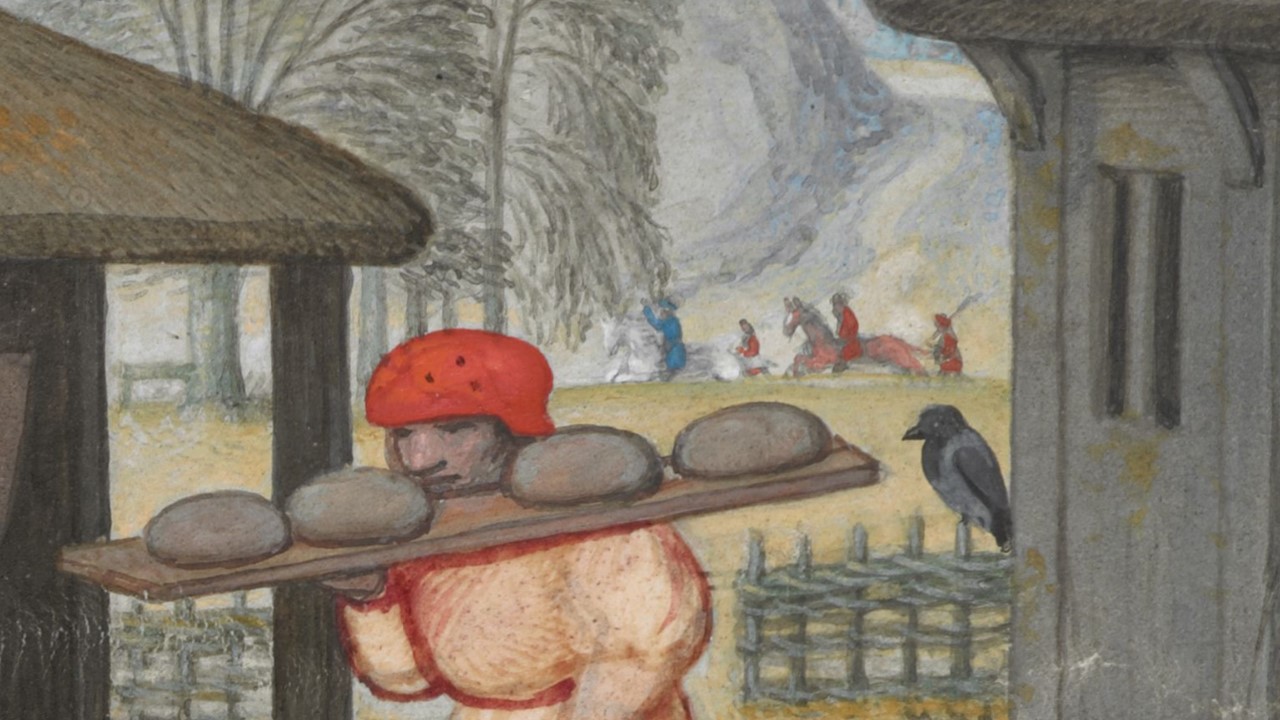
Book of Hours, known as the Golf Book, December (Detail, f. 29v), c. 1540, 30 Parchment leaves on paper mounts, bound into a codex, 110 x 80 mm (text space: 85 x 60 mm), British Library, London, UK
http://www.bl.uk/manuscripts/Viewer.aspx?ref=add_ms_24098_fs001r
The foreground of the composition depicts a slaughterman pinning an animal down with his right knee whilst slitting its throat and moving its leg to make its blood flow quickly into the skillet held by a female assistant. Behind them, preparation for baking bread is underway. To the right, a woman kneads bread dough in a large well-constructed trough. To the left side of the composition, a woman breaks branches of firewood with her hands to feed the fire of the oven where bread was baked, two loaves are ready and resting on a wooden bench. It is obvious more baking will take place, as a peasant harries up bringing four more loaves on top of a wooden try. This is a scene full of energy and anticipation… for the aristocracy and the depicted peasants days of festivities and feasting are about to come… for the depicted magpie perched on the estate’s fence, anticipation will end very soon.. the peasants will soon finish their jobs and he will be able to taste the leftovers of their labours.
For a PowerPoint on the Golf Book, please… Check HERE!
